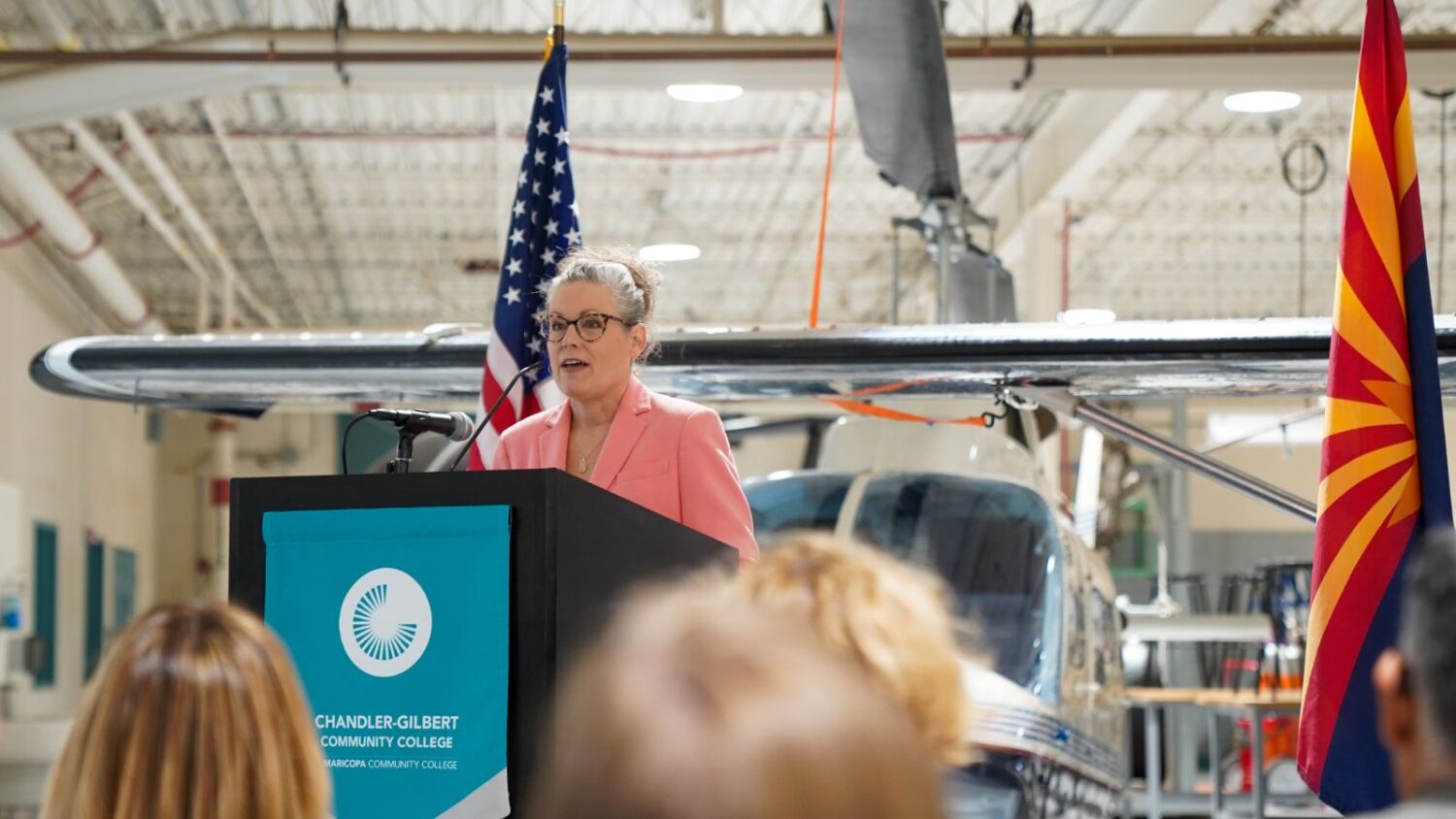Soaring Careers: High-Tech Training Unlocks Aerospace and Defense Job Opportunities

Chandler-Gilbert Community College is set to revolutionize technical education with a cutting-edge fabrication facility designed to prepare students for dynamic careers in aerospace and defense manufacturing. This innovative training center will provide students with unprecedented hands-on experience, bridging the gap between classroom learning and real-world industrial skills.
The state-of-the-art facility promises to be a game-changer for aspiring professionals, offering immersive training programs that directly align with the high-tech demands of aerospace and defense industries. Students will have the opportunity to gain practical expertise using advanced manufacturing technologies, positioning themselves at the forefront of a rapidly evolving sector.
By combining practical training with industry-standard equipment, the new fab facility will not only enhance students' technical capabilities but also create a direct pathway to promising career opportunities in some of the most innovative manufacturing fields. This initiative underscores the college's commitment to preparing the next generation of skilled technical professionals.

